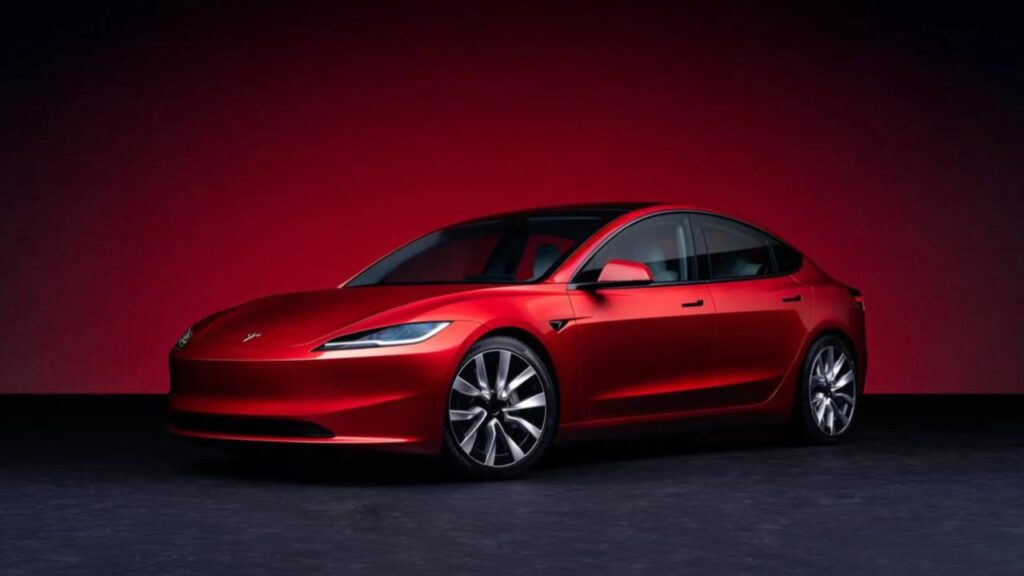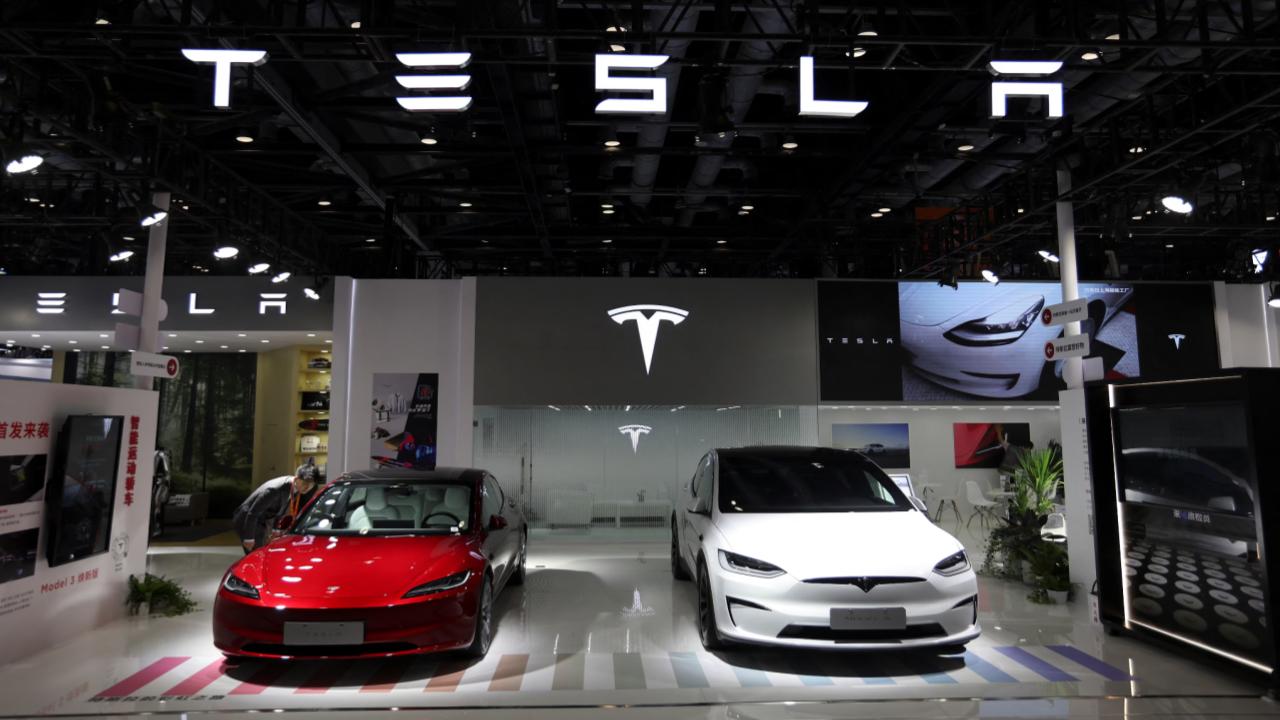When it comes to electric vehicles (EVs), Tesla usually takes the crown. It’s sleek, high-tech, and most importantly—supposedly super cheap to run. But here’s the kicker: while the Tesla Model 3 costs just 15¢ per mile, an old-school gas guzzler—a Toyota Corolla—just beat it in real-world cost analysis. Yeah, you read that right. Let’s break down how a regular ol’ Corolla managed to out-cheap the electric superstar.

Tesla Model 3 Costs Just 15¢ per Mile
| Feature | Tesla Model 3 | Toyota Corolla | Chevy Bolt |
|---|---|---|---|
| Average cost per mile | $0.15 | $0.12 | $0.17 |
| Vehicle type | Electric Sedan | Gasoline Sedan | Electric Hatchback |
| Years evaluated | 2018–2024 | 2006–2024 | 2019–2024 |
| Maintenance Costs | Moderate | Low | Moderate to High |
While the Tesla Model 3 boasts some pretty sweet tech and relatively low running costs, the surprise winner in the cost-per-mile showdown is the humble Toyota Corolla. Sure, it may not have autopilot or a massive touchscreen, but when it comes to saving cash, it gets the job done.
How Much Does a Tesla Really Cost Per Mile?
Let’s start with the obvious star of the EV world: the Tesla Model 3. According to a recent report by TorqueNews, a long-term Tesla owner tracked every cent over 50,000 miles. The verdict? It came out to about 15 cents per mile.
So Where’s the Money Going?
- Charging Costs: At-home charging is affordable—about 3.76 to 4.67 cents per mile according to EnergySage. But if you’re using Tesla Superchargers? Boom—costs can spike to nearly 15.5 cents per mile.
- Maintenance: Teslas don’t need oil changes, but you’re not in the clear. Tires, air filters, software service, and those pesky issues with sensors or electronics can pile up.
- Insurance: EVs often cost more to insure than gas cars—sometimes up to 25% higher, depending on where you live and your driving record.
Why the Toyota Corolla Still Wins the Frugality Game
Now here’s where things get spicy. That same Tesla owner ran the numbers on his older Toyota Corolla, and guess what? It beat the Model 3.
Breaking Down the Corolla Advantage
- Lower Upfront Cost: A used Corolla can go for under $8,000.
- Fuel Efficiency: A Corolla averages 32–35 MPG, which—at current gas prices—comes out to around 12 cents per mile or less.
- Low Maintenance: Minimal tech means fewer things to break. Think old-school reliability.
- Parts Availability: You can fix a Corolla at any garage across America without emptying your wallet.
Even factoring in rising gas prices, the Corolla stays competitive. It’s like bringing a butter knife to a gunfight and still winning.
What About the Chevy Bolt?
Just to make this a little juicier, let’s throw the Chevy Bolt into the mix. Spoiler alert: it costs more than both the Tesla and the Corolla.
According to the same Tesla owner’s tracking:
- The Chevy Bolt cost around 17¢ per mile, mostly due to higher maintenance and some unexpected battery issues.
- The Bolt’s range anxiety is still a concern, especially for long-distance drivers.
That said, it’s a solid car if you’re looking for something a little more compact and city-friendly—just be prepared for occasional service headaches.
Real-World vs Manufacturer Promises
Here’s where things get real. Manufacturers love to throw out “cost per mile” numbers that sound amazing. But in the wild? Not so much.
Commonly Overlooked Expenses:
- Charging Station Installations: A home charger setup costs around $1,000–$1,500.
- Tire Wear: EVs are heavier, so tires wear out faster.
- Depreciation: EVs lose value fast, especially when new tech rolls out every year.
- State and Federal Taxes: Depending on your ZIP code, your EV tax credit might be offset by state registration fees.
So Which Car Is Best?
Let’s break it down:
Tesla Model 3
- Pros: Tech-savvy, zero emissions, quiet ride, long-term savings if you drive a lot.
- Cons: Higher upfront cost, costly Supercharging, surprise maintenance bills.
Toyota Corolla
- Pros: Dirt-cheap to run, dependable, insurance-friendly.
- Cons: Not exactly futuristic, lacks EV perks.
Chevy Bolt
- Pros: Good range for its size, affordable used price.
- Cons: Battery concerns, higher upkeep, less roomy.
Tips for Choosing a Cost-Efficient Car
If you’re trying to save money while still getting a solid ride, here’s what you need to consider:
1. Calculate Total Ownership Cost
Don’t just look at the sticker price. Consider:
- Fuel/charging
- Insurance
- Repairs
- Depreciation
2. Think Long-Term
How many miles are you driving per year? EVs shine when you’re doing 15,000+ miles annually. Otherwise, the savings might not be worth the upfront price.
3. Check Local Incentives
From EV rebates to free charging perks, check sites like Fueleconomy.gov for the latest updates.
4. Used Can Be Gold
Buying a gently used car—EV or gas—can save you thousands. Just be sure to inspect the battery health on EVs and engine reliability on gas models.
Elon Musk Turns on Trump: ‘Big, Beautiful Bill’ Threatens $175B in Savings
Trump vs. Harvard: The Secret Battle That Could Shake U.S. Education
Frequently Asked Questions (FAQs)
Q1. Is 15¢ per mile good for a Tesla Model 3?
Yes, it’s solid—especially compared to luxury gas cars. But it’s not the cheapest option when you compare it with fuel-efficient, low-maintenance cars like the Toyota Corolla.
Q2. Why is the Toyota Corolla cheaper per mile than a Tesla?
Lower purchase price, fewer repairs, and better gas mileage make it cheaper—even when gas prices rise.
Q3. What costs are often hidden in Tesla ownership?
Supercharger fees, tire replacements, insurance hikes, and unexpected tech issues like failing cameras or sensors.
Q4. Is the Chevy Bolt a good alternative to Tesla?
It’s decent, especially in the city, but it comes with battery issues and a higher cost per mile.
Q5. Should I still buy an EV if it’s not the cheapest per mile?
If you’re looking for a greener option, yes. Plus, EVs offer quieter rides and fewer emissions. Just weigh the costs carefully.










